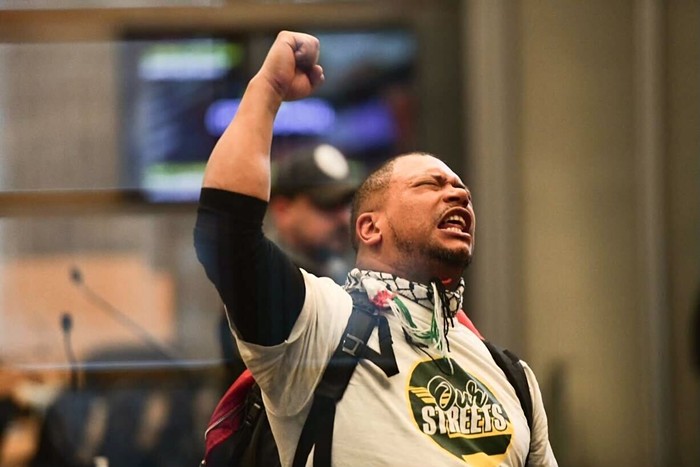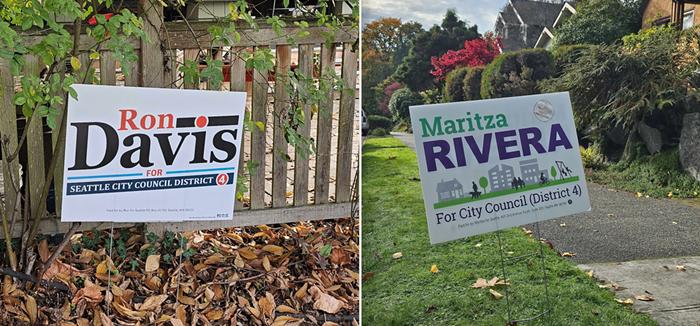While McNelis talks as if he's come to terms with his wife's death, he actually hasn't. He's one of nearly 20 families engaged in a legal battle to get answers about the crash from the plane's manufacturer, Boeing.
McNelis' wife, Suzan Picariello, was 48 when the Boeing 737-300 went down. She was flying back from Jakarta, Indonesia to Singapore on December 19, 1997, after a business trip. The plane crashed in the Musi River in Sumatra, killing all 104 people aboard. McNelis is suing Boeing for $25 million in an airplane product liability suit that started two years ago. And he's not alone. His case and 17 others filed around the country by victims' families were transferred to Seattle last month.
The cases have been consolidated for pre-trial proceedings, because the families are all suing Boeing for the same reason. The plaintiffs claim Boeing knew the 737 commercial passenger jet had a history of being defective, and could have prevented the crash. The company should come clean, the families' lawyers argue. However, Boeing is using the Indonesian government as cover. Boeing, which sent experts to help investigate, says Indonesian regulations prevent manufacturers from sharing what they know. But lawyers for the victims' families insist that Boeing turn over documents that they suspect will show the aircraft was faulty.
The crux of the case against Boeing is that the company's Model 737 has repeatedly malfunctioned, and Boeing should have fixed the problem at the plant. To prove that point, McNelis' attorney, David Nanz, who works for New York's Kreindler & Kreindler firm, is relying on a federal report released last year by the National Transit Safety Board, the federal agency that investigates the cause of plane crashes. The 346-page report implicated the unique rudder control system in Boeing's 737-300 as the probable cause of at least three other crashes. The report found that the rudder unit can cause the plane to fly out of control.
That's what attorneys for the victims' families suspect happened to the SilkAir flight, and they believe Boeing has the documents to prove it. Past attempts to get ahold of the airplane giant's paperwork have been futile. Two weeks ago, Nanz wrote a four-page letter to Boeing's lawyers. The letter criticizes Boeing's attorneys for failing to hand over any of the information Nanz has requested, including a list of people that Boeing sent to Indonesia to investigate the crash.
"If you had any desire to adhere to the Court's Order respecting document production, you or some other attorney in your firm could have responded," wrote Nanz. "We take your inattention to this matter to evidence an intent to delay production and to frustrate plaintiffs' efforts to obtain discovery from Boeing." Nanz has requested a May 10 conference with Seattle's U.S. District Court Judge John C. Coughenour to press Boeing for information.
Representatives and attorneys for Boeing didn't return The Stranger's phone calls, but Boeing recently told The Associated Press that a suicidal pilot was most likely responsible for the crash.


















